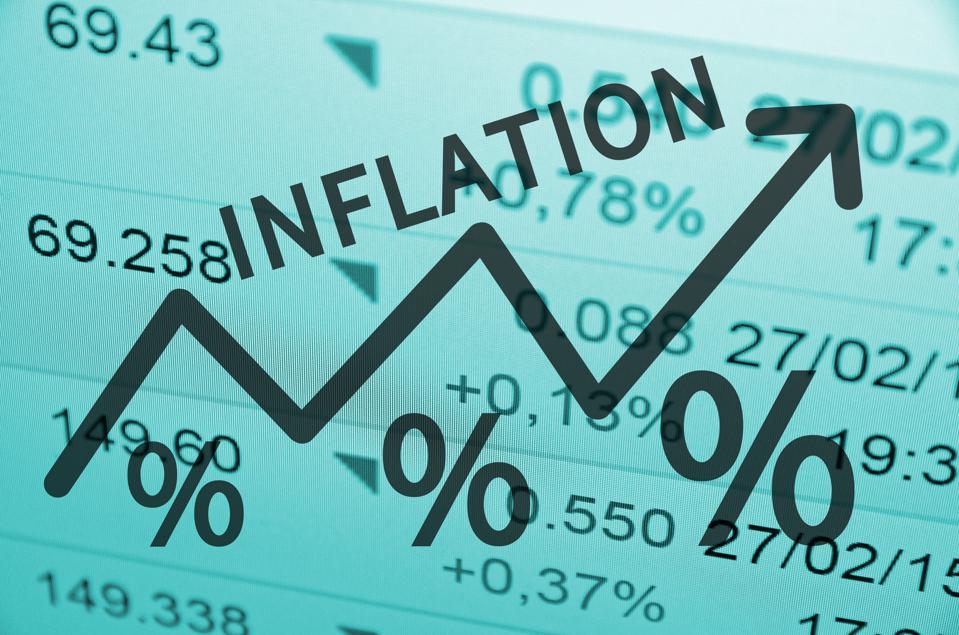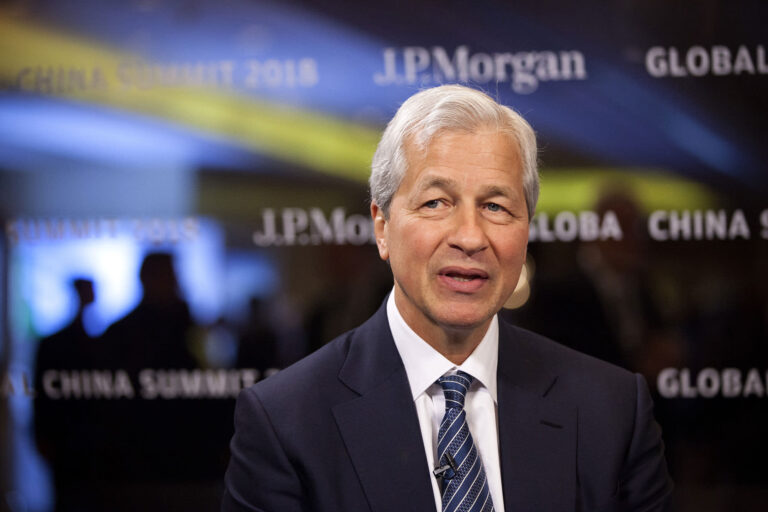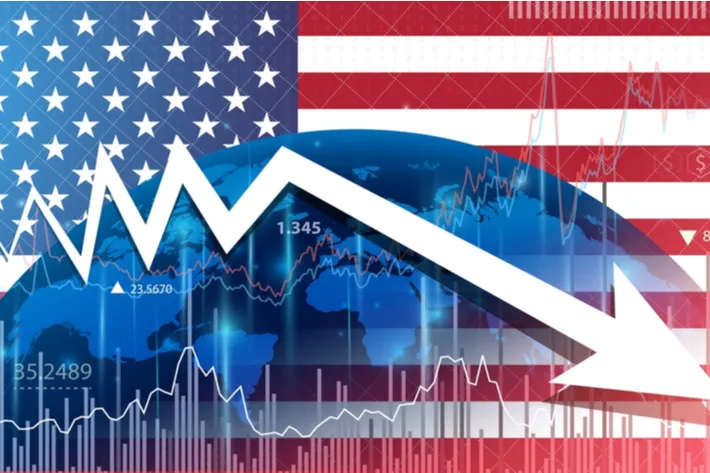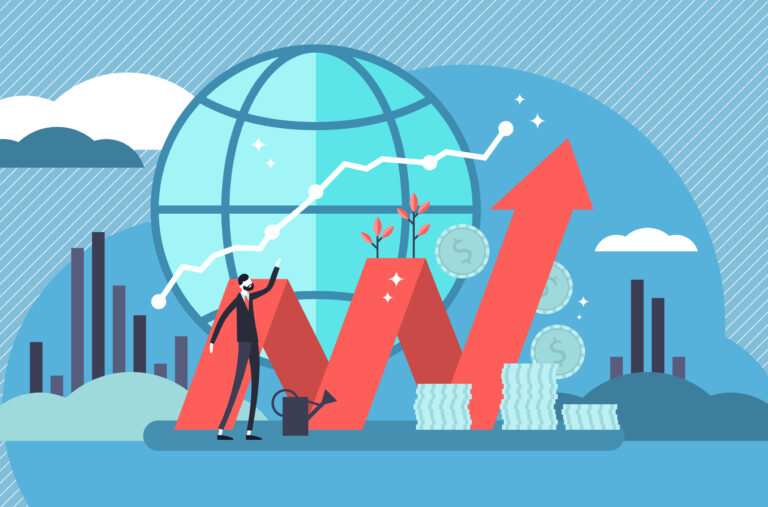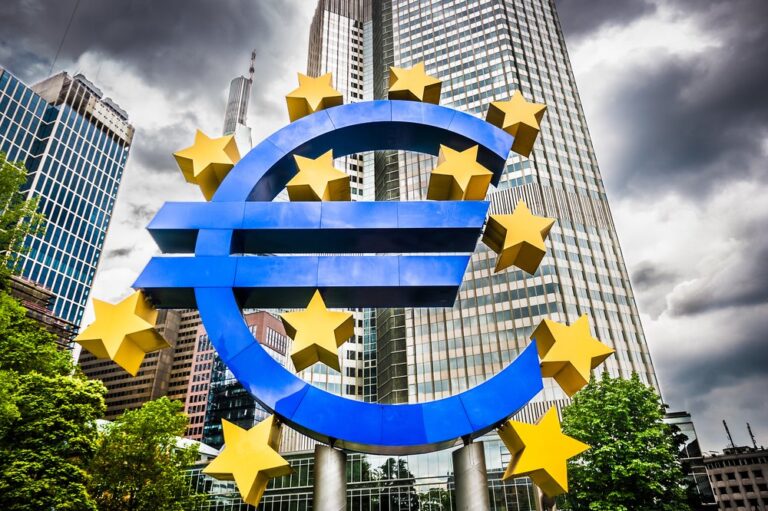High Inflation Rate: Is there a Silver Lining to the Stock Market?
A brutal start for stock markets in 2022 only got worse in June. The benchmark index, the S&P 500, ended the first half of the year with a loss of about 21 percent, which was the steepest half-year loss in more than five decades. This put the benchmark index well in bear market territory.
This year is a far cry from the previous year, if that makes sense. While the stock market reached successive new all-time highs in 2021, a prolonged selloff characterizes 2022.
Think of this: This year, the S&P 500 has experienced daily declines on 56 percent of trading days, reversing the trend from the previous ten years, when daily gains were more frequent, occurring on 55 percent of trading days.
Investors looking for safe havens, but are there any? The formerly ferociously hot cryptocurrency market is diving into a crypto winter.
In 2022, Ethereum (ETH) ‘s cost decreased by more than 70%, while the price of Bitcoin (BTC) fell by about 60%. Even gold, a long-time safe-haven asset, has fallen more than 4% this year.
Several interrelated causes are causing the market meltdown. Concerns that another recession is on the horizon have intensified due to persistent supply chain problems brought on by Covid-19 outages and the current war in Ukraine. In an effort to curb that inflation, the Federal Reserve is aggressively raising interest rates.
For professional investors, who essentially determine the direction of the stock market and create volatility for the rest of us, these factors add up to a dizzying amount of uncertainty.
So, what’s an investor to do when it seems there is nowhere to hide?
There is a Silver Lining.
It is difficult to find a silver lining in this situation, especially given how many analysts predict further losses in public and private markets. However, five are already noticeable.
First, after a period in which asset prices were artificially raised and distorted by sizable and predictable liquidity injections by central banks, actual and more sustainable value is being restored.
Assets can safeguard the actual value of investors’ capital by offering protection against rising inflation.
Property, renewable energy infrastructure, and leasing are examples of real assets. A major draw of such investments, especially now with the government’s exposure to inflation-adjusted and government-backed income streams, is that they offer the potential for price appreciation and current income.
Second, government bonds again play the risk-mitigating role in diversified investment portfolios after the decline in stocks and suffering historic losses. This is better news for investors who felt helpless for the majority of the first half of this year.
The third silver lining is that the three primary risk variables have evolved consecutively—one explanation for the reemergence of the typical negative connection between the price of equities and that of government bonds, the “risk-free asset.” The harm to markets and the economy would have been much worse had they operated simultaneously.
While it is absurd to ask people to ignore skyrocketing petrol and grocery store prices, the Federal Reserve pays greater attention to “core inflation” because it is less unpredictable when determining policy. When the price of food and gasoline were disregarded, inflation wasn’t as catastrophic as experts had anticipated. Additionally, core inflation slowed to its lowest since September on a month-over-month basis.
Brian Jacobsen, the senior investment strategist at Allspring Global Investments, stated, “Hopefully, this is as bad as it gets.”
“The danger is that these increased food, fuel, and financing expenses may cause an already hot labor market to cool off. Economic resiliency will be put to the test now.
Wage growth, a significant driver of inflation, has begun to decelerate as the labor market tightens and employers are less able to find workers. The most recent jobs report showed that job openings outnumbered the unemployed by more than one million.
The Federal Reserve’s higher interest rates would slow the economy, hopefully bringing down the excessive inflation rate. The inflation rate accelerated from February’s 7.9 percent to reach its highest level since 1981 in March when consumer prices were 8.5 percent higher than they were a year earlier.
To lower it, the Fed disclosed in its most recent meeting that it is prepared to raise short-term rates at specific subsequent sessions by half a percentage point, double the average level, something it hasn’t done since 2000.
The fear is that the Federal Reserve may raise interest rates with such vigor that it sends the economy into a recession.
How the U.S Got a Seat in the Bear Market
The U.S stock market is officially in a bear market, but how did we get here?
In short, a series of unfortunate events like a pandemic, high interests, recession, stimulus programs, and inflation have all come together to create the perfect storm.
As investors consider the effects of rising interest rates and inflation, shares are falling. Higher borrowing costs should slow the economy and reduce business earnings. Inflation worsens the decline because consumers will suffer as price increases outpace pay increases.
American stocks are suffering because they are more expensive in relation to profits than their international counterparts. In contrast, “cheaper” U.K. companies have escaped the worst-selling this year, with the FTSE 100 falling just 4%.
After dropping from 8.5 percent in March to 8.3 percent in April, US inflation in May 2022 was 8.6 percent. The May result surprised the markets by 0.3 percent, suggesting that the American central bank will need to hike interest rates more quickly and significantly than previously anticipated.
The main drivers of the stock market rout have been a series of interest rate hikes by the U.S. Federal Reserve in response to climbing inflation. The Fed has hiked the interest rates and is expected to hike them two more times before the end of 2022
Another Fed Rate Increase Expected in July
The Federal Open Market Committee (FOMC) increased its benchmark interest rate by 75 basis points (bps) at its meeting in June, which was the most significant rate increase since 1994.
Market participants expect another 75 basis point rate hike will most likely occur at the FOMC’s upcoming meeting on July 26 and 27 due to comments made by Fed policymakers.
“The consumer pricing index (CPI) figure on inflation anticipated on July 13 and the June employment report due on July 8 are two examples of monthly economic statistics that could prompt policymakers to hike the benchmark rate by merely 50 basis points,” says Tom Martin, senior portfolio manager at Globalt Investments.
However, he says, the central bank’s aim on maintaining “nimbleness” does make it challenging to foresee future moves.
Martin observes that despite this, market players seem to be indicating that “peak Fed” has been achieved in terms of swift rate increases, which may be advantageous for markets moving forward.
According to Greg Bassuk, CEO of AXS Investments, market investors are still unsure of the central bank’s final decision on whether to raise its benchmark interest rate to control inflation without triggering a protracted recession after the meeting in July.
Bassuk says, “Inflation and Fed policy have surpassed Covid-19 uncertainty, and those variables going forward are the ones that are truly on investors’ minds.”
Martin argues that the Fed may want to take a slight step back if inflation is leveling off or dropping and issues with supply chain bottlenecks are improving.
Is it Wise to Invest in July?
Long-term investors may benefit from the opportunity to purchase equities at a discount during a bear market. However, you might think twice before jumping in with both feet due to the uncertainty that has led to a prolonged market selloff this year.
When there is more uncertainty, you want to take less risk with your portfolio. That also entails avoiding placing sizable, dynamic bets on specific outcomes in your portfolio.
Martin uses the value vs. growth argument as an illustration: Value stocks outperformed growth stocks for the majority of this year, but growth stocks are currently appearing more desirable.
He continues by saying that this kind of back-and-forth trading and general market unpredictability underscore how crucial it is to be flexible and possibly change your asset allocation between these two categories.
According to Bassuk, it may make sense to invest in inflation-sensitive assets such as commodities, cyclical stocks that have traditionally performed well when prices are rising, and Treasury Inflation-Protected Securities as long as inflation remains a hot subject (TIPS).
He continues by saying that diversifying your portfolio with alternative assets can also provide a shield against stock market volatility. According to Bassuk, ” it would be good for Investors to think about integrating those strategies in their portfolios for July specifically,” according to Bassuk.
Conclusion
The silver lining to high inflation in the stock market is the potential for higher returns on inflation-sensitive assets. However, you should tread carefully and not make large bets on specific outcomes. Diversifying your portfolio with alternative investments is an excellent way to protect against market volatility.
